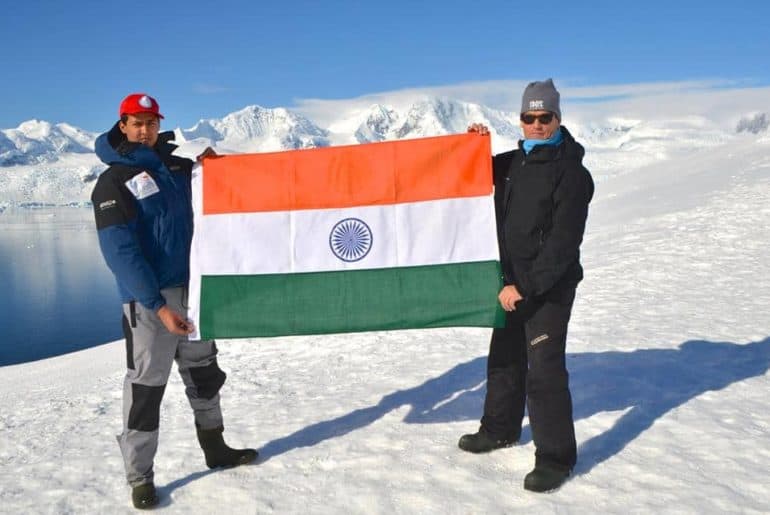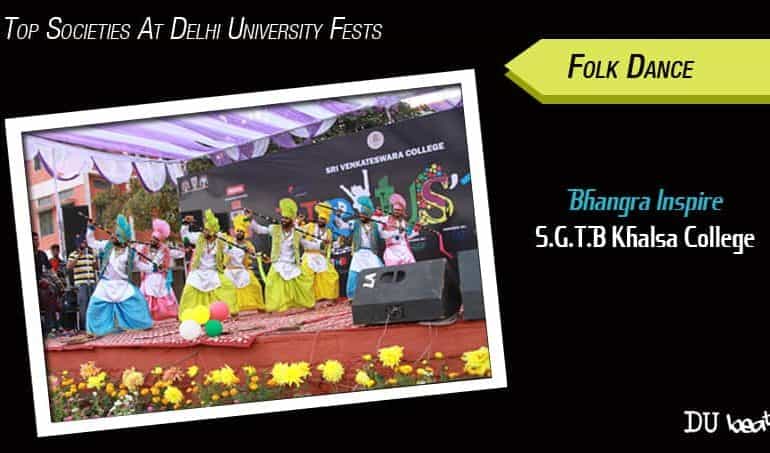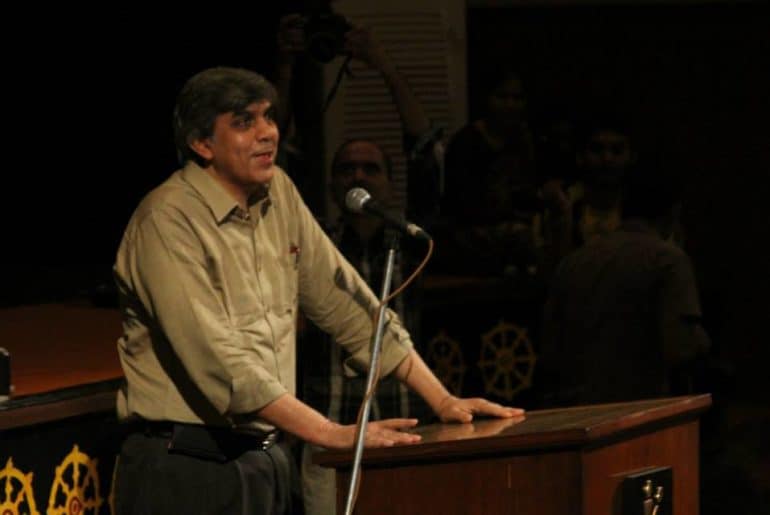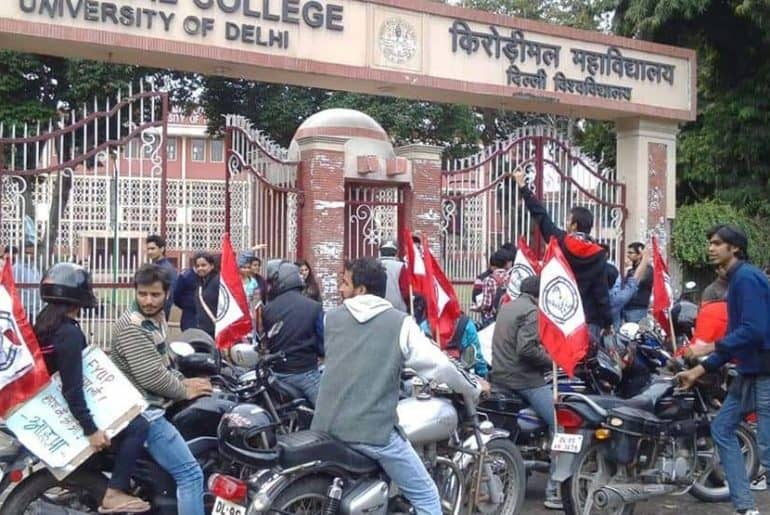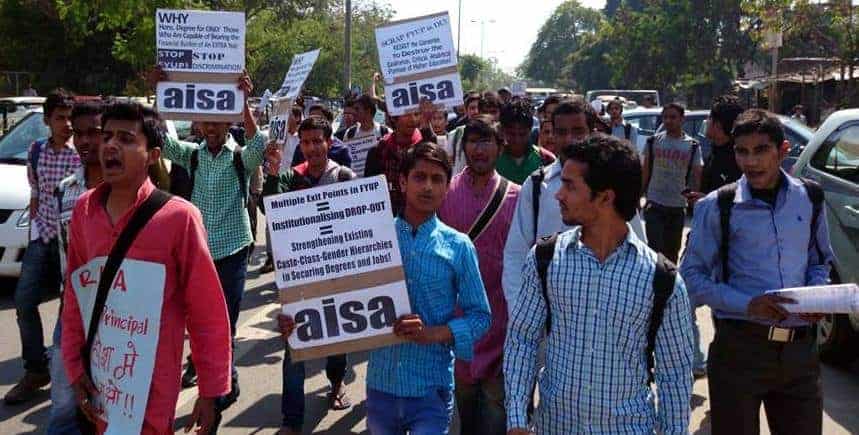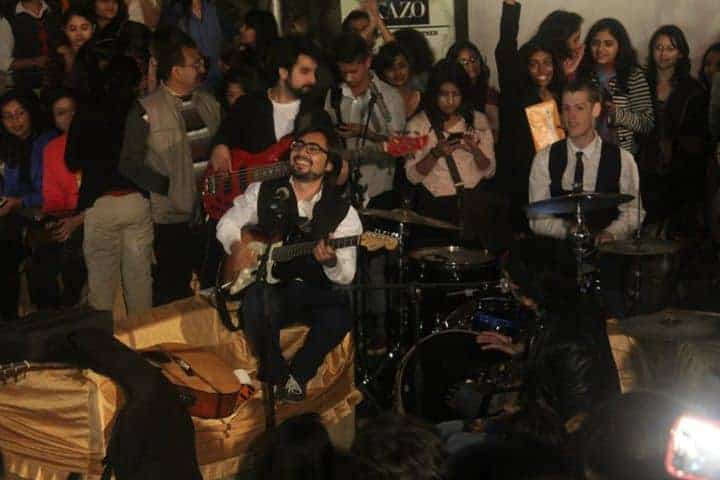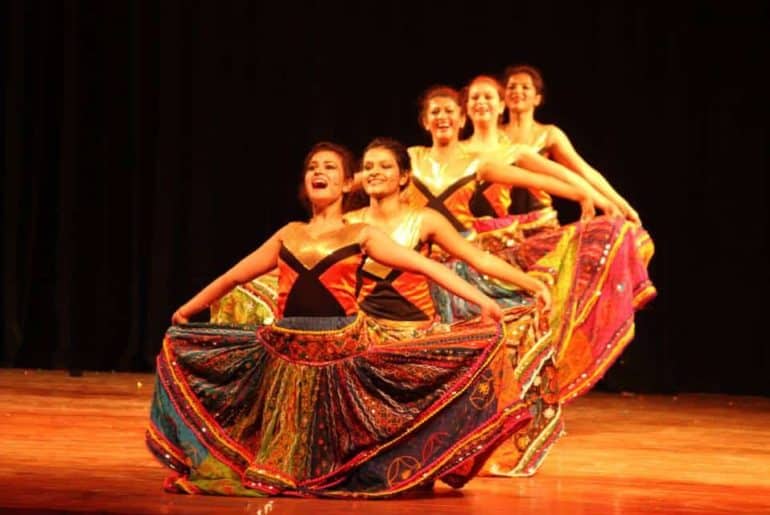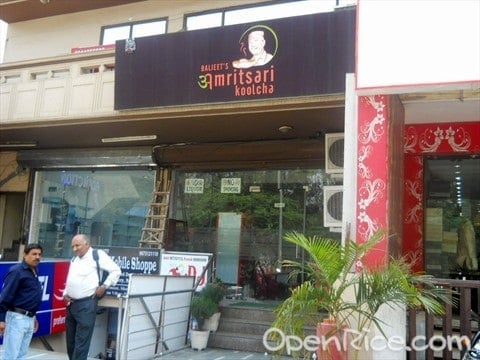Shreyak Mahajan, a final year student of Mechanical and Automation engineering at Maharaja Agrasen Institute of Technology, recently undertook a once in a lifetime expedition to the Antarctic Peninsula as Tetra Pak’s Youth Ambassador. He accompanied Sir Robert Brown, the first person to walk to both the North and the South Pole. DU Beat correspondent Brij Pahwa recently sat down to talk to him about this memorable experience, and what he took away from it.
Brij : Hello, Shreyak! First of all congratulations for your life-changing expedition and for making the country proud.
Shreyak : Thank you! I was overwhelmed by the experience.
Brij : Before we discuss your journey, I would like to ask you how you bagged such an opportunity!
Shreyak : You would have probably heard of the organizations, TERI and Tetra Pak. These two have been working hard to encourage youth leaders and through them, the youth of this country to think about the environmental concerns of our day and age. So they have this youth program known as LEADearthSHIP, wherein they provide fellowships to 24 people all across India. And I got a chance to be one of them!
Brij : How did you get the chance to head towards the Antarctic Peninsula?
Shreyak : Well, the other part of the LEADearthSHIP programme was to select a Youth Ambassador for the year 2014-15 who would then join Sir Robert Swan, for the International Antarctic Expedition. This year, I was selected for the same along with 6 other people from different walks of life.
Brij : And when did this expedition start and what was the goal of the same?
Shreyak : We departed for Antarctica on the 8th of March. The goal behind this expedition was to sensitize students and corporates (who went on the journey) about the environmental concerns and sustainability. This program is known as ‘Leadership on the Edge’ and is managed by Robert Swan’s organisation ‘2041’. The main focus is on enhancing leadership skills, personal development and teamwork. And of course, the emphasis is to motivate us to start local environmental programs when we go back to our own countries.
Brij : Tell us more about your experience in the Antarctic Peninsula.
Shreyak : Everyday was a new and unique experience. And being in such a demanding environment, when you explore the ecosystem and wildlife of the place, go hiking up glaciers, move around in the sea and inland lakes, it is in fact challenging and life-transforming.
Brij: Sounds interesting. And what was your routine in Antarctica like?
Shreyak: We were briefed at the start of each new day. The clothes required, wind conditions, gears required and so on. Sometimes, we went on the Zodiacs (inflatable boats) and moved around the peninsula.
Brij: Any unique experience that you’d like to share?
Shreyak: So, one day we were riding on a Zodiac when a Humpback Whale started encircling our boat and literally snorted on us while doing the same. Well, how many people can say that they have been snorted on by a whale? (laughs) And there was this other unique experience where I saw a Leopard Seal kill a Penguin!
Brij: Any scary moments from the trip? An avalanche, perhaps?
Shreyak: Yes! There were avalanches but not of the level that can be considered dangerous.
Brij: When someone goes on such an adventurous expedition, one also incurs some psychological changes apart from physical. Anything of that sort?
Shreyak: When we were hiking up the glaciers, we became so exhausted that we couldn’t even see what was ahead of us. At that moment, when you can’t see the person in front of you, still you know that your life depends on that person ( everyone is tied by a rope ), you learn something. You learn how people have the capability of affecting you; in this case your life or death.
Brij : That’s quite a thoughtful remark, Shreyak. Now, that we have talked about your expedition and your experience, I’d like to ask you, apart from taking up such global initiatives, what else do you enjoy working on?
Shreyak : Well, before this, I have worked on 2 United Nations programs dedicated to the sector of education namely, UNSCD and UNDDD. Apart from that, I love playing basketball.
Brij : Thank you Shreyak for sharing your life changing experience with us. To wrap up, is there a message you’d like to pass on to our readers?
Shreyak : Make a commitment towards solving any problem and see it through. If possible empower others by working with them towards your vision allowing them to take it to new heights. I would also recommend that people choose a single relevant project that can impact a local community. Such projects can provide us with global solutions.

